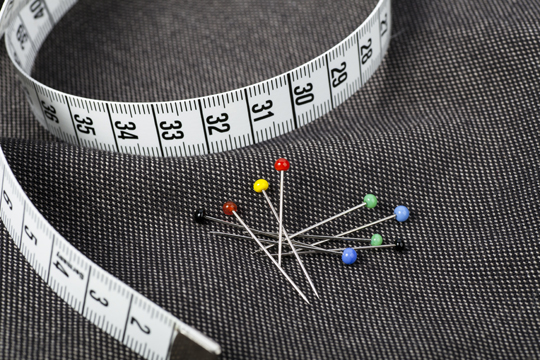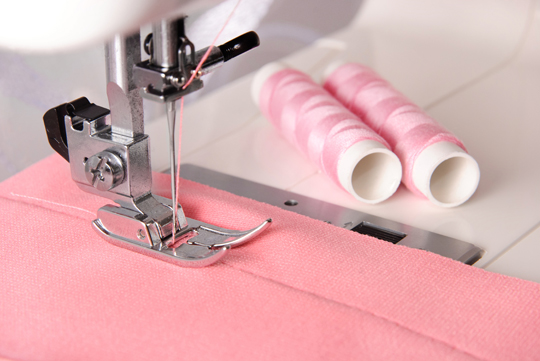Plenty of designers, tailors, and seamstresses sing the praises of hem tape. And why not? It’s easy to use, lasts for many washings, is flexible, and you can’t prick your finger with it. If you’re not familiar, you might be wondering exactly how to use hem tape. You’ll be relieved to know that it’s simpler than you think.
How To Use Gem Tape
1. Begin by washing your fabric. Even if it’s a large set of curtains, you must wash it — preferably with a scent-free soap. Do not use bleach, fabric softeners, or dryer sheets. Making the fabric as clean and chemical-free as possible will allow the tape to stick better. This is the first and most basic rule of how to use hem tape.
2. Measure the hem you’ll be working on. Cut an appropriate amount of hem tape. This may be easier to do if the garment is turned inside out. For large items like draperies, you may want to work several small segments rather than a whole curtain at once.
3. Before attaching the hem tape to the fabric, iron the desired crease right into the fabric. Follow the usual directions for your iron and for the material. If the material should not be ironed, hem tape is not the way to go. Try needle and thread, or see your tailor.
4. Place the hem tape in the desired location to hold the hem in place. If everything lines up and looks good, peel the backing from the tape. Now, press it into place. This can be tricky for beginners, so go as slowly as you need to. Cutting the hem tape into smaller pieces can help. Be sure not to overlap, as this will not create a smooth hemline.
5. Iron the crease again, following usual directions. Essentially, the hem tape will melt slightly, causing the fabric to stick together and the hem to hold.
6. Allow the fabric to cool before wearing or hanging. Really. Do not learn this the hard way. Your legs will thank you.
The best way to learn how to use hem tape is to practice. If you want an article of clothing to keep the same hem permanently, you’ll get plenty of practice, since most hem tapes last for about seven washings. Keeping hem-taped items out of hot dryers can lengthen this a little, as can avoiding bleach.
Some hem tapes may also be cleanly removed with an iron. This is great for hand-me-down slacks, or skirts that look great at multiple lengths. Practice a bit with hem tape, and then be amazed at what it can do for your wardrobe.
Need Help Using Hem Tape?
If there is little room for error with a certain outfit, it might be best to visit a qualified tailor. Find a local one quickly and easily through TalkLocal. You won’t have to spend a ton of time looking them up online or paging through the phone book. We’ll connect you to the right professionals within minutes.






